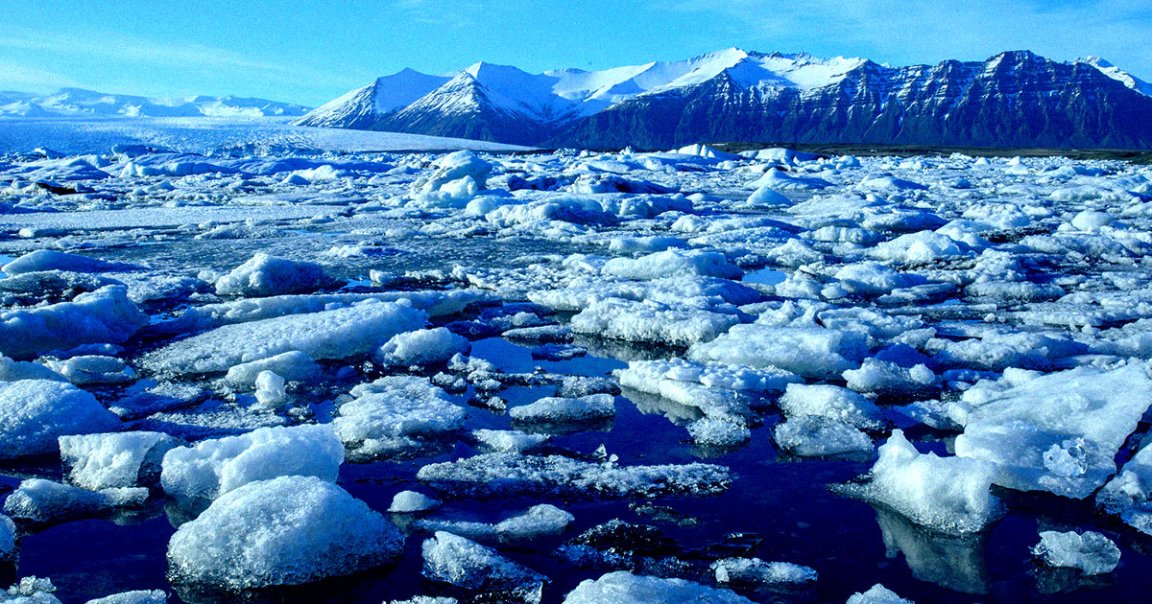
Feedback Loop
A troubling new study suggests that melting Arctic glaciers are releasing ancient stores of methane, a potent greenhouse gas, into the atmosphere.
According to the study, which examined glacier retreat across the archipelago of Svalbard, Norway, the gas is being released as diminishing glaciers reveal new, long-iced-over land. As the ice recedes, ancient groundwater bubbles to the surface, forming small, above-ground springs — and of 123 examined springs, researchers discovered that 122 contained potent reservoirs of ancient methane.
The research was conducted by an international team of scientists and published Thursday in the journal Nature.
It’s unclear exactly how much methane has entered the atmosphere as a result of these newfound Arctic springs, but researchers fear that the melting of glaciers — a particularly dire side effect of global warming — may have unlocked a newfound source of destructive greenhouse gas emissions.
“This is a feedback loop that’s caused by climate change,” Gabrielle Kleber, the study’s lead author and a scientist at the University of Cambridge, told The Washington Post. “Glaciers are retreating due to climate warming, and they are leaving these exposed forefields behind, which are encouraging methane gas to be released.”
Vast Reserves
Per the WaPo, the age of the newly-uncovered methane, believed to be millions of years old, implies that the underwater methane reservoirs are vast.
“It’s not methane being produced contemporarily by microbes,” Kleber told the WaPo. “It’s methane that was created when the rocks were formed.”
As detailed in the study, the researchers found the large deposits trapped in subterranean stores of shale. And unfortunately, scientists believe that shale’s Earthly abundance means that similar stores could be trapped throughout our planet’s northernmost regions.
“Shale is Earth’s most abundant sedimentary rock, and there’s plenty of it in the Arctic (or rocks like it),” co-author Andy Hodson, a scientist at Norway’s University Centre in Svalbard, told the WaPo.
As it stands, the researchers don’t seem terribly optimistic.
“It’s just a kind of bleak concept to watch these hundreds of cubic meters of water flashing before our eyes and knowing in our current climate, that’s ice that will never be replaced,” Kleber told the WaPo. “And then we have these methane springs bubbling up before the glacier.”
More on the Arctic: Something Is Up with Earth’s North and South Poles